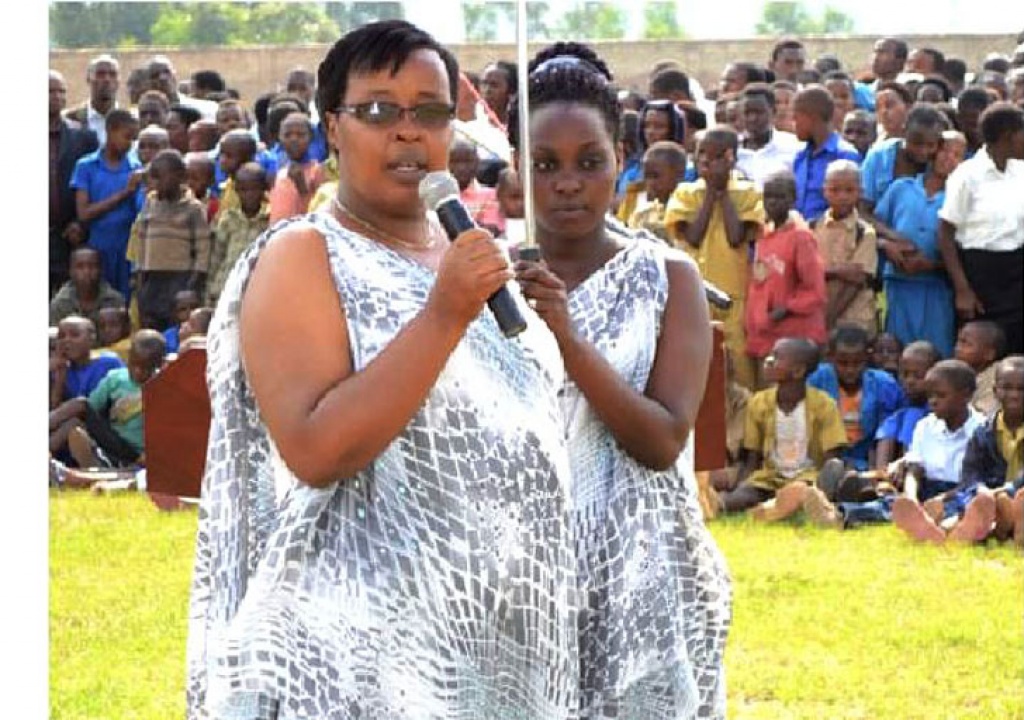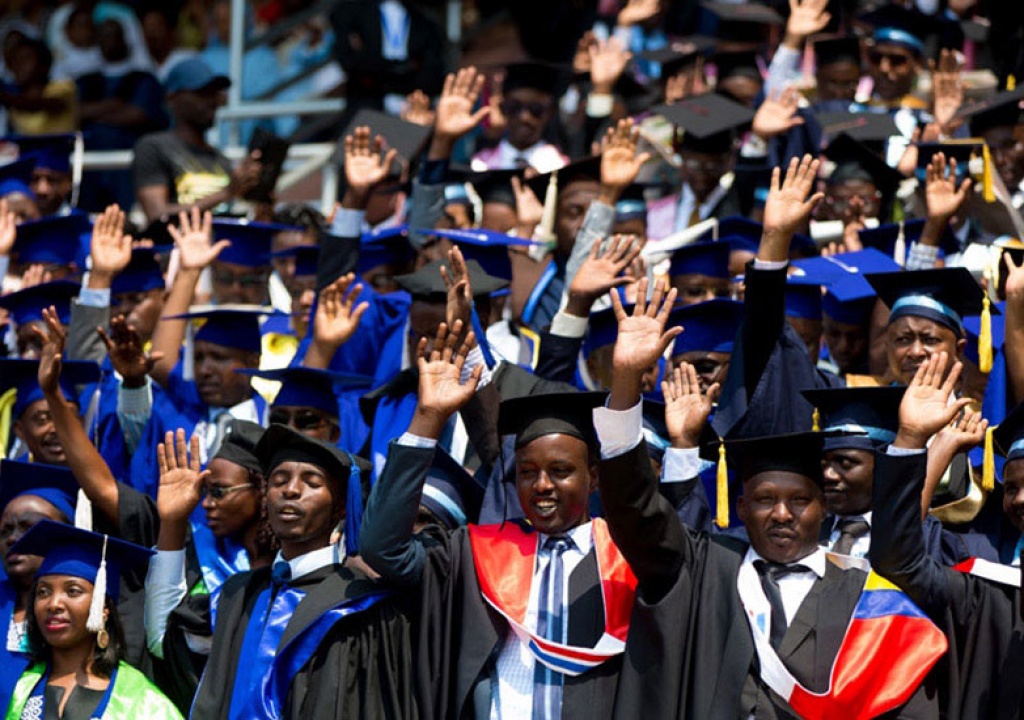
Kayitesi Immaculée had lost hope in 1982 after completing high school. The quota system did not favour her to proceed with university education until after 1994
About 35 years ago, Kayitesi Immaculée was among students sitting for National exams at Ecole Technique Feminine de Nyanza, a high school in Southern Rwanda.
Due to the discriminatory policy against the Tutsi, Kayitesi already knew she would never go beyond high school. Her dream was to study Physics at university.
At that time the ruling party MDR-Parmehutu had introduced a quota system that only favoured students from a specific region and ethnicity to join university and study prestigious courses. Kayitesi would never qualify under this system.
When the 1982 national exams results returned, they indicated that Kayitesi had miserably failed. It was always pre-determined for Tutsi students to appear among the failures.
While Kayitesi’s former classmates continued with university education, she decided to get married. She is now a mother of three.
There were very limited opportunities for her and thus she concentrated on raising her children.
During the 1994 Genocide against Tutsi, her husband was killed, but the Rwanda Patriotic Front (RPF) stopped the Genocide and like many widows, Kayitesi had to single highhandedly fend for her family.
The new government led by RPF scrapped all previous discriminatory policies and everyone to go to school.
In 2011, Kayitesi decided to enroll for a bachelor’s degree in Business Administration at the Independent Institute of Lay Adventist of Kigali (INILAK).
“I vividly remember my first day attending a lecture. We were asked to treat the lectures like a job. School became part of my daily routine,” Kayitesi told KT Press, adding that she later majored in accounting.
Today, Kayitesi is a member of Nyanza district council and uses skills acquired from university as a member of the council. As a single mother I was going to school with my children thanks to RPF that has empowered women to have such an opportunity.
She says under RPF led government, education system is open for all and inclusive which is why her and other millions of Rwandans have managed to attain their dreams.

Graduation ceremonies like this one are a normal occurrence in Rwanda today. Education access is for all at all levels
Education is now free for all
Today, Kayitesi says that for her it’s a miracle that children in Rwanda are entitled to 12 years of free education, taking them all the way through primary, secondary levels and university.
According to Rwanda’s education year book-2016, students enrolled into pre-primary have repeatedly increased from 111,875 pupils in 2011 to 183,658 pupils. Current statistics show female enrolment rate at 98% which has surpassed male enrolment rate of 95% in primary school level.
Ministry of education statistics indicate that the current level of primary net enrolment rate is at 96.9%, primary completion rate (2015): 60.4%, pupil qualified teacher ratio (2015): 1/62, pre-primary net enrolment rate (2016): 14.2%.
But before 1994 Rwanda had only 7 tertiary institutions while today they are 45. In 1993 there were 3728 students including men 2455 (65.9%) and 1273 (34.1%) women.
Rose Rwabuhihi, the Chief Gender Monitor says that with an enabling policy in place, Rwanda has made strong progress in improving access to education at all levels, and improving gender parity at the primary and secondary levels.
“It is not an exaggeration to say educating girls can save lives and transform the future.”
Rwabuhihi also said there is an increase in technical tertiary institutions where the number of student has increased from 1,571 students in 2011 to 5,980 students in 2016.
She added that the present key challenge is to absorb the ‘access shock’ and increase the quality of education through textbooks and teacher training.
She also said that before 1994 formal education was only important for boys than girls, but “With RPF inclusive policy all that was changed”.
Prof. Eugene Ndabaga a Professor at the College of Education, University of Rwanda in interview with KT Press noted that in past regimes women were second class citizens.
“Girls were home keepers, cleaners, baby sitters and finally saw no need to waste their money but today a Rwandan woman is an empowered being thanks to RPF policies.”
Professor Ndabaga believes that in 5-10 years from now, Rwandan women will be confident, self-reliant and equitably enjoying the communities like any other citizen.
“If the RPF continues to empower girls they will earn more income in the future, marry later, and have fewer and healthier children. In the long-term, secondary education protects girls against HIV and AIDS, sexual harassment and human trafficking,” Ndabaga said.
However, under the girl’s education policy, female students are encouraged to join higher learning institutions.
Data from the National Institute of Statistics of Rwanda (NISR) from 2012 the number of students enrolled in private institutions outnumbered that of students enrolled in public institutions where in 2015, private institutions recorded 49,888 students (57.8%) while public institutions recorded 36,427 students (42.2%).
Data also indicates that majority of female students at the university are enrolled in social sciences, business and law (52.0) and health and welfare (50.1%). Out of 3.281 teaching staff across the country is 78.9 (2.589) and 21, 1% (692) are male and females respectively.
In 2014 Rwanda embraced E-learning system which has given women more opportunities to upgrade their education levels thanks to the enabling environment created by RPF. As of 2014, the total number of E-learning beneficiaries stood at 5,359 with men constituting 3.251 and women 21.281.
Jean Philbert Nsengimana, the Minister of Youth and ICT, says that there is still a big gap between girls and boys who take on sciences and that with this, more has to be done.
“If you look at the statistics, there is indeed a laudable change as the number of girls in the science field keeps rising.” Nsengimana noted.

